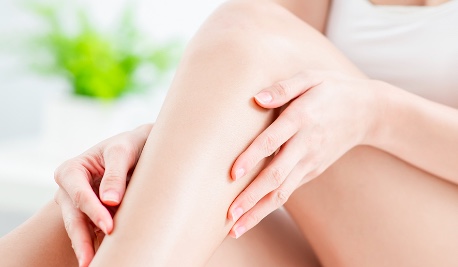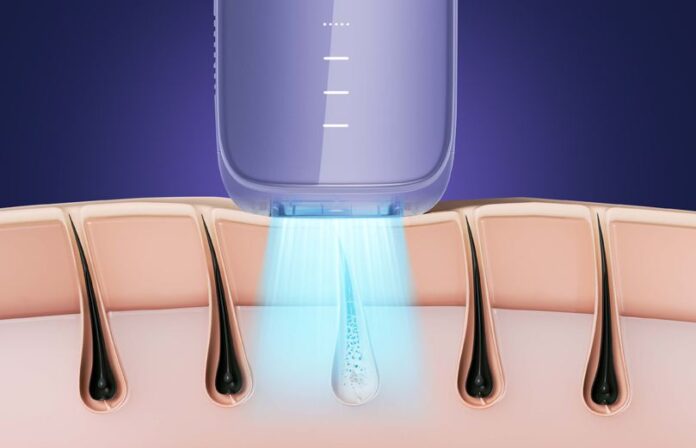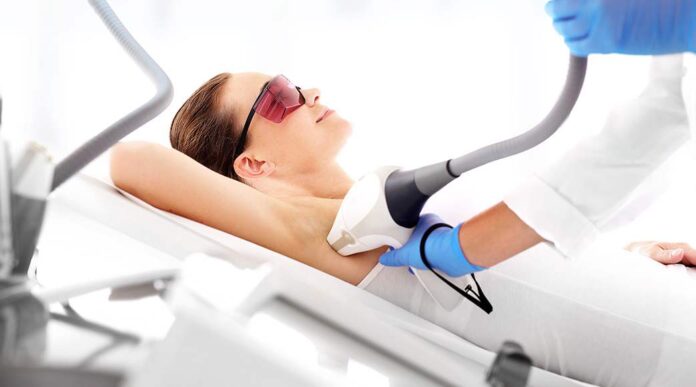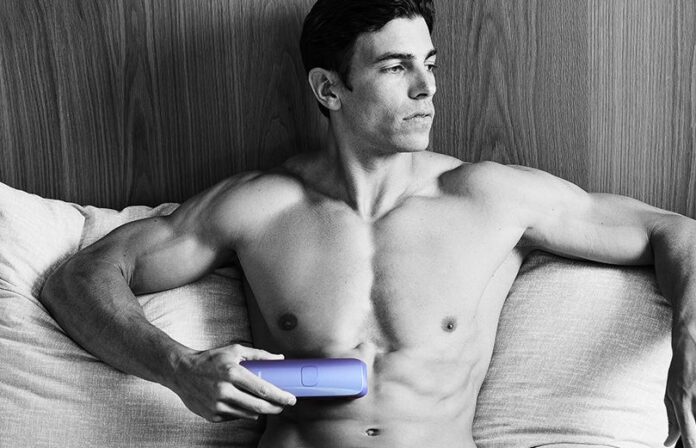Hair removal via laser has been popular for quite some time for individuals seeking a more long-lasting solution to get rid of unwanted hair. With considerable experience and expertise in the field of dermatology, I consider it my absolute responsibility to guide my patients through the post-treatment phase of laser hair removal. To comprehend what to expect after the procedure, it is crucial first to understand the principles behind laser hair removal and the intricacies involved in the process.
Principles of Laser Hair Removal
Laser hair removal operates on the principle of selective photothermolysis. It is an intricate method that targets specific structures without affecting the surrounding skin. This process relies on the interaction between a laser beam and melanin, the pigment responsible for hair colour. The laser emits a concentrated beam of light that is absorbed by the melanin in the hair follicles resulting in the generation of heat. This heat damages the follicles, inhibiting future hair growth.
Laser hair removal is most effective on individuals with dark hair and light skin, as the contrast between the melanin in the hair and the skin allows for better targeting. Advancements in technology have expanded the applicability of laser hair removal to various skin and hair types, but personalized consultations with experienced dermatologists remain essential for optimal results. However, the patient must be ensured that if the patient has white hair or very fine hair, they are not the right candidate for laser as it does not have any considerable effect on white or bleached hair and very minimal effect on extremely fine hair. In fact, in certain instances, it has been reported that laser on extremely fine hair can result in excessive hair growth on that site, a phenomenon referred to as paradoxical hypertrichosis.
What to Expect After Laser Hair Removal
1. Immediate Post-Treatment Effects
After a laser hair removal session, it is normal to experience some immediate effects. These may include redness (erythema) and slight swelling (edema) around the treated areas. These effects are most likely attributed to the effect of heat energy produced by laser and this is usually temporary and should subside within a few hours to a day. Applying a cool compress and avoiding sun exposure can help alleviate these minor side effects. Therefore, it is always advisable to apply an ice pack and stay away from sunlight for at least 35 to 45 minutes immediately after laser treatment to avoid any of the aforementioned adverse effects.
2. Hair Shedding
Within a week or two post-treatment, you may notice what appears to be continued hair growth. Do not get worried or be alarmed about it as it is actually a positive sign. It is seen because the treated hair is shedding as a result of the follicles being damaged by the laser. Gentle exfoliation in the shower can aid in the shedding process, revealing smoother skin underneath. This is more commonly seen with Diode laser or Intense Pulsed Light (IPL) which works on the principle of damaging the hair and not burning it per se unlike Nd:YAG laser, which works on the principle of burning the hair from the root and that is the reason the hair shedding is not seen after the laser treatment.
3. Delayed Results
Patience is key when it comes to laser hair removal. While some individuals may experience a significant reduction in hair growth after just one session, others may require multiple sessions to achieve the desired results. The timing of follow-up sessions is typically spaced to allow the hair growth cycle to progress. Just like every person is different from the other and has a different skin type which shows a varied response to the application of topical agents and treatments, similarly, laser also responds differently in every individual. On average, it takes a good five to six consecutive sessions for desired results to be achieved. But, having said that, it should not be considered a final verdict because nothing is definitive when it comes to medicine. There is always variation noted among individuals.
4. Sun Protection
Post-treatment, it’s crucial to protect your skin from the sun. Laser-treated skin is more sensitive and prone to develop pigmentation when exposed to ultraviolet rays. A sunscreen with an SPF of at least 50 should be applied liberally, and direct sun exposure should be minimized despite the application of sunblock for several weeks after each session to avoid any of the aforementioned adverse effects.
5. Avoiding Irritants
To ensure optimal healing and results, it’s advisable to avoid skincare products that may irritate the treated areas. Harsh chemicals, fragrances, and exfoliants should be used cautiously, if at all until the skin has fully recovered.
6. Hydration and Moisturization
Keeping the treated areas well-hydrated is essential for promoting healing and preventing dryness. Fragrance-free, hypoallergenic moisturizers can be applied regularly to maintain the suppleness of the skin.
7. Follow-Up Sessions
Laser hair removal is often a gradual process that requires multiple sessions for long-lasting results. The timing and number of follow-up sessions will depend on various factors, including hair color, skin type, and the treatment area. Consultation with a skilled dermatologist is vital for developing a personalized treatment plan.
8. Potential Side Effects
While laser hair removal is generally safe, there are potential side effects that may occur, including blistering, scarring, and changes in skin pigmentation. These side effects are rare but emphasize the importance of choosing a qualified and experienced practitioner. If any unusual side effects occur, prompt consultation with a dermatologist is recommended.
Conclusion
In conclusion, laser hair removal is a highly effective and popular method for achieving long-term hair reduction. As a seasoned dermatologist, my experience underscores the importance of understanding the principles behind laser hair removal and having realistic expectations for the post-treatment journey. Individual responses to treatment may vary, and a tailored approach, guided by regular consultations and follow-up sessions, is key to achieving optimal results.
References:
– American Academy of Dermatology. (2022). “Laser Hair Removal.” [Online]. Available: https://www.aad.org/public/cosmetic/hair-removal/laser-hair-removal
– Dierickx, C. C., Grossman, M. C., Farinelli, W. A., Anderson, R. R. (1998). “Long-lasting Hair Removal by Normal-Mode Ruby Laser.” JAMA Dermatology, 134(7), 837–842. doi:10.1001/archderm.134.7.837

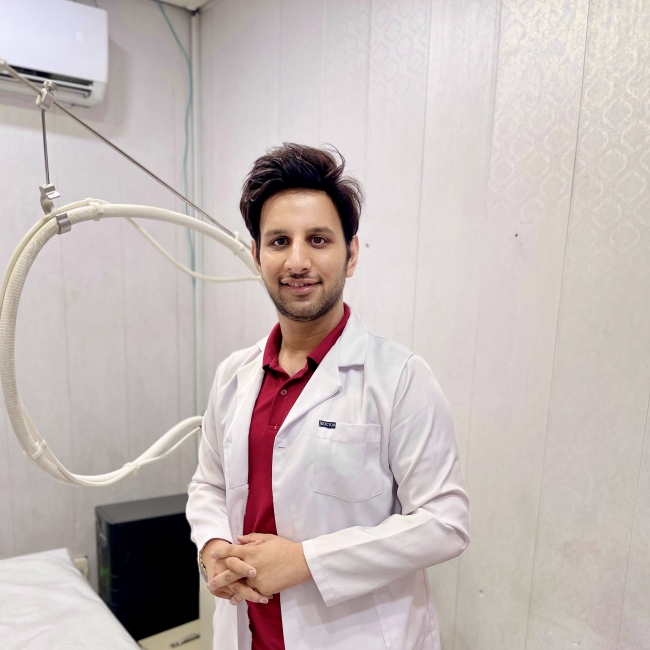 By Ahsan Farooq Khan
By Ahsan Farooq Khan
